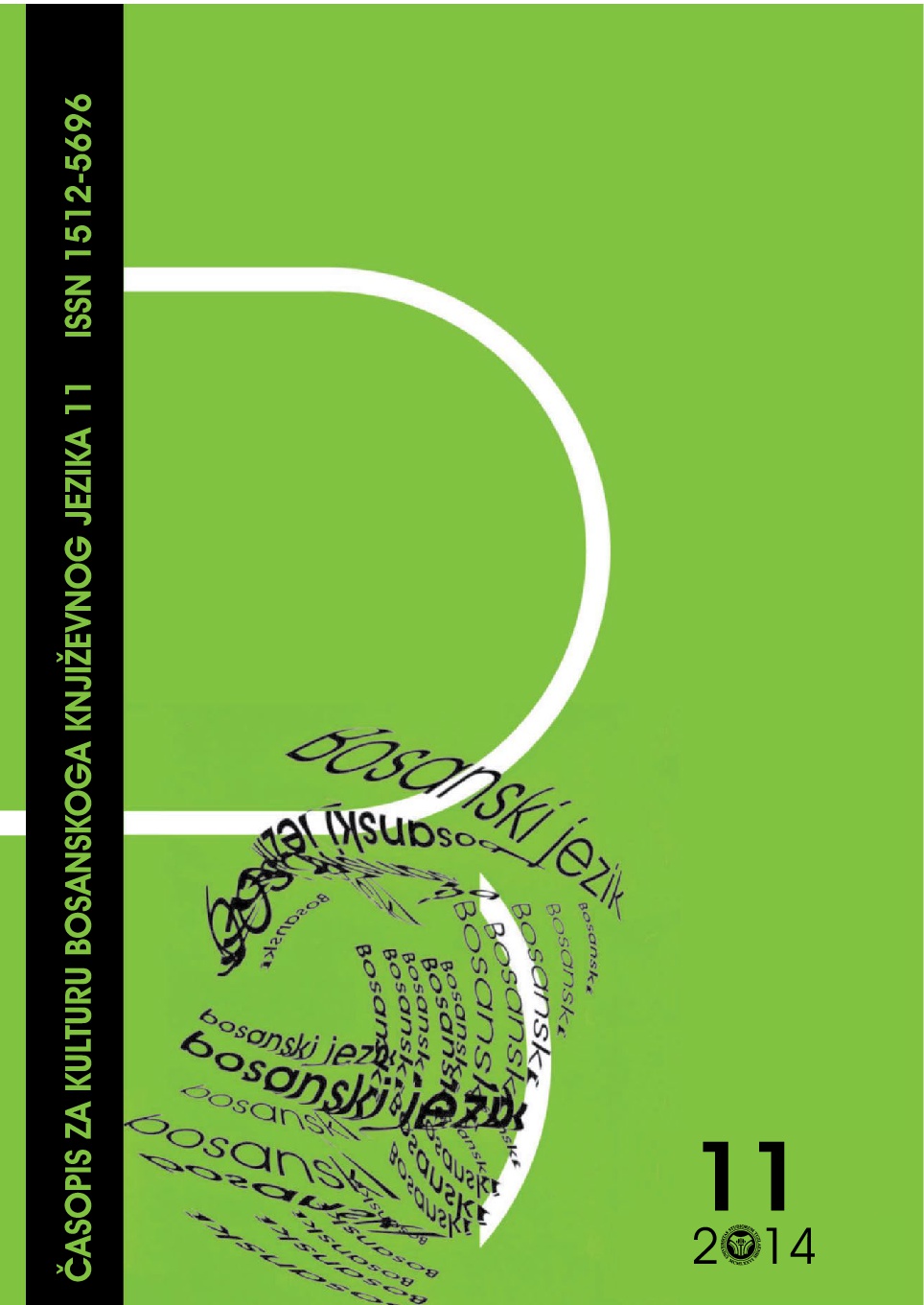Teorije nekongruentnosti u izučavanju humora
Incongriuty Theories in Humor Researh
Author(s): Selma ĐulimanSubject(s): Semantics, Cognitive linguistics, Philology
Published by: Filozofski fakultet Univerziteta u Tuzli
Keywords: humour; cognitive agents; incongruity theories; punchline;
Summary/Abstract: This paper discusses incongruity theories as the basis for linguistic research of humour. The phenomenon of humour has been studied in linguistics since the mid-20th century and the research development is best observed within the so-called incongruity theories. In this case, incongruity is a joint term for a group of theories that will be discussed in this paper and which denotes a discrepancy between the humourous text and expectations of the recipients of humour who are called cognitive gents (for humour is defined in linguistics as a cognitive process). Incongruity theories are presented chronologically: 1) Incongruity- resolution theory (J. M. Suls); 2) Forced Reinterpretation Theory (T. Schultz), 3) Semantic Script Theory of Humour (V. Raskin) and 4) General Theory of Verbal Humor (S. Attardo and V. Raskin). It should be emphasized that each of these theories is based on the Incongruity-resolution model and that the General Theory of Verbal Humour has not yet been completed, which means that the relationship of linguistic categories is yet to be completely determined.
Journal: Bosanski jezik
- Issue Year: 2014
- Issue No: 11
- Page Range: 10-28
- Page Count: 19
- Language: Bosnian

